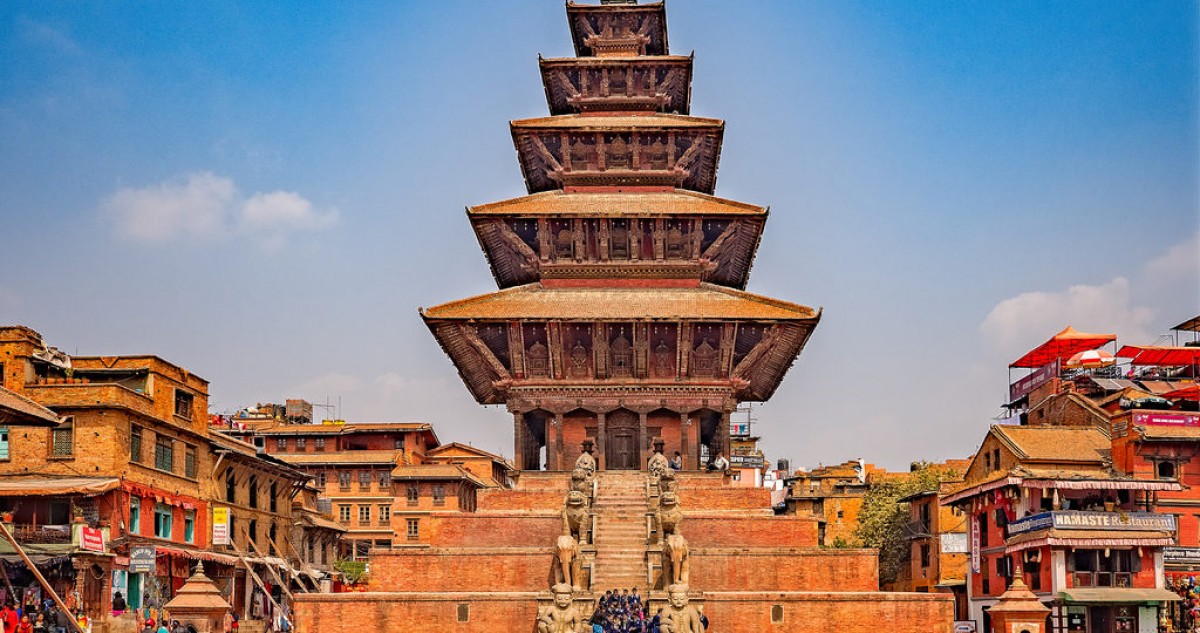Description:
Apart from Expeditions and trekking, we want our visitors to enrich themselves with the beautiful cultural experiences in the Capital City of Nepal. With a temple in each lane of the city, Kathmandu is considered the city of temples which makes it even more attractive and appealing from the religious perspective of traveling.
The holy Pashupatinath Temple, the Swoyambhunath, the Bouddhanath Stupa, Durbar Squares in Kathmandu, Bhaktapur, and Lalitpur as well as other significant landmarks around the valley will surely fill your heart and memories with delight and joy.
Let us take you on a tour around the Kathmandu Valley.
Swayambhunath:
It is believed that the original stupa existed 2000 years ago but the present stupa is said to be built after the 14th century. Swayambhunath means ‘ The shrine existing by itself – and is often called ‘The Monkey Temple’ by the westerners because of the abundance of monkeys scampering around the place. The spinning of the prayer wheels and the monkeys playing around the stupa make the place interesting and alive.
The panoramic view of the Kathmandu Valley from the stupa is simply breathtaking. Legends say that once the Kathmandu valley was a huge lake and there was a lotus flower with a white glow in the middle of the lake. In the Buddhist version, Manjushree, a Bodhisattwa, came from China and drained out the water and the lotus flower came to rest and stayed where the stupa exists now. In the Hindu version, the lake was drained out by Lord Krishna.
On the eastern side of the stupa, there is a long staircase that takes you up the hill. On it is a beautiful pagoda-style temple dedicated to the Mother Goddess Harati. All around the complex, there are shrines and statues of Buddhist and Hindu deities side by side illustrating the religious harmony that exists between them. Swayambhunath truly deserves to be listed as a World Heritage Site and one of the great places to visit in your day tour in Kathmandu.
Kathmandu Durbar Square:
This lies in the heart of the city. The locals of Kathmandu call it Hanuman Dhoka as it is named after the Monkey God, Hanuman. At the main entrance to the palace, you can see the statue of the Monkey God clad in red paint. Durbar Square is a World Heritage Site and history says that its design goes back to the 9/10th century, at the time of King Gunakama Dev, who was a true devotee of Kali, the goddess of terror, her main weapon being the sword – hence the layout of the square is in the sword form.
The complex consists of a lavish royal palace and around it are lots of temples dedicated to different Hindu gods and goddesses. This place used to be the royal seat until the 19th century. Now, the palace is used as a museum for visitors and a coronation place for the kings of Nepal. The last king was crowned here in 2001. The other special attraction of the Square is the Living Goddess – The Kumari, a young girl who goes through the most rigorous selection test. She acknowledges the greetings of visitors from her balcony window and the shrine is believed to be built from just a single tree named Kastamandap – (the origin of the name – Kathmandu.) The surrounding area has temples dating from the 15th century to the 18th.
Pashupatinath:
The name means ‘The Lord of all Creatures and the God of Gods. It is a World Heritage Site and lies to the eastern side of Kathmandu on the banks of the holy River Bagmati. The temple site dates from the 5th/6th century but the present temple was built in the 16th century. It is one of the most popular and important Shiva Shrines and all followers of Hinduism must visit the temple at least once in their lifetime.
During the Maha Shivaratri festival, the temple is full of devotees worshiping the stone Linga in the form of Shiva. Non-Hindus are not allowed to enter the main temple complex but still can view the two-tier pagoda-style temple from the eastern side of the river and see the funeral pyres on the banks. The platforms along the Bagmati holy river are popular for ritual baths and cremating the bodies of Hindus who have died. It is an honor for Hindus to be cremated here as it is believed that it ensures the soul rests in peace and is kept safely away from the rebirth cycle.
Boudhanath:
Boudhanath means ‘The Lord of Wisdom’ and is the biggest Stupa in the Asian subcontinent. It is believed all followers of Buddhism must visit it once in their lifetime. The stupa is believed to have been built in the 5th century because there had been twelve years of drought so the king built the stupa hoping that this would help to restore the water and it did so with the help of the dew drops – for this reason, it is also called the Dew Stupa.
Nepal used to be the transit point for Tibet and India – there was trade with Tibet from ancient times. Traders traveling to Tibet used to stop and give their greetings to the stupa and ask for the blessing of a safe journey and return. The complex is often called a mini Tibet as many Tibetans live around the stupa and it reflects the Tibetan form of Buddhism. There are lots of monasteries around Bouddhanath – it is a center for learning and practicing Buddhism. Visitors should go around the stupa in a clockwise direction spinning the prayer wheels as it brings more happiness, infinite merits, and good luck. A heritage site – not to miss in your day tour in Kathmandu.

